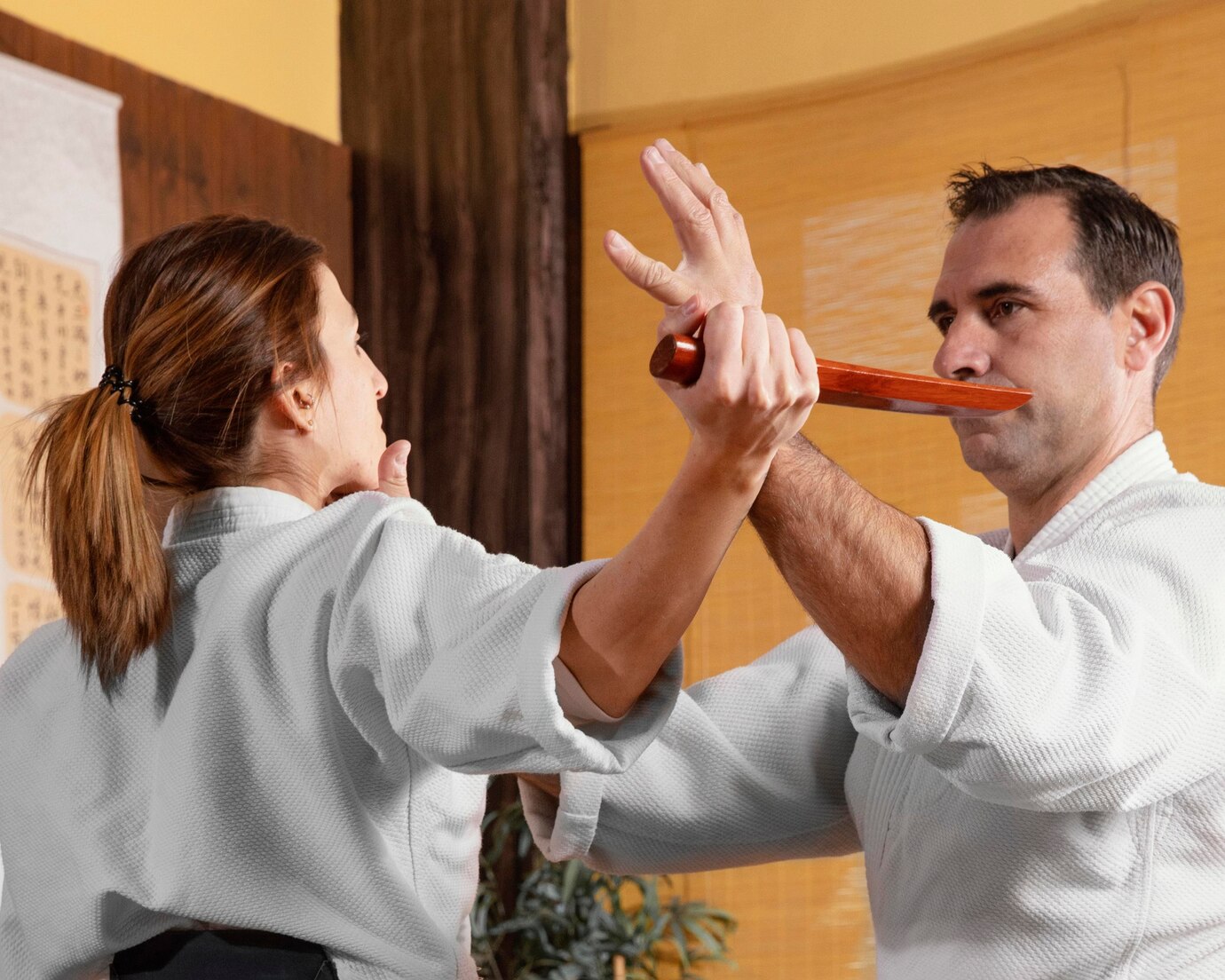Concrete is a durable material, but over time, cracks and damage can occur due to various factors like weather, poor installation, or heavy loads. Learning how to effectively repair concrete can save you money and preserve the integrity of your surfaces. This guide covers essential tips and techniques for DIY concrete repair Arvada CO, ensuring your projects are successful and long-lasting.
Understanding Concrete Repair
• Introduction to Concrete Repair
Define the importance of timely concrete repair to prevent further damage and maintain structural integrity.
• Common Causes of Concrete Damage
Discuss factors such as freeze-thaw cycles, settlement, heavy traffic, and improper installation that lead to concrete cracks and damage.
Assessing Concrete Damage
• Identifying Types of Concrete Damage
Explain different types of concrete damage including hairline cracks, spalling, scaling, and potholes, with visual examples.
Tools and Materials Needed
List essential tools and materials for DIY concrete repair projects, such as:
• Concrete crack sealants
• Concrete patching compound
• Trowel, chisel, wire brush, and safety gear
DIY Concrete Repair Techniques
• Repairing Small Cracks and Hairline Fractures
Provide step-by-step instructions for repairing minor cracks using concrete crack sealants and epoxy injections.
• Patching Larger Areas and Potholes
Guide readers through the process of patching larger damaged areas using concrete patching compound, ensuring proper bonding and finishing.
Tips for Successful Concrete Repair
• Preparation Tips
Emphasize the importance of cleaning and preparing the damaged area before applying any repair materials to ensure adhesion and durability.
• Applying Sealants and Compounds
Tips for applying concrete sealants and patching compounds evenly and smoothly, avoiding air pockets and ensuring a seamless finish.
Maintenance and Longevity
• Curing and Sealing
Explain the importance of curing and sealing repaired concrete to protect against moisture penetration, freeze-thaw damage, and UV exposure.
Conclusion
Successfully repairing concrete requires careful preparation, the right materials, and proper techniques. By following these essential tips for DIY concrete repair, you can effectively fix cracks and damage in your concrete surfaces, preserving their strength and appearance for years to come. Whether you’re repairing a driveway, patio, or sidewalk, taking proactive steps to address concrete issues promptly will extend the lifespan of your concrete and enhance the overall aesthetics of your property. concrete paving service Boulder CO

